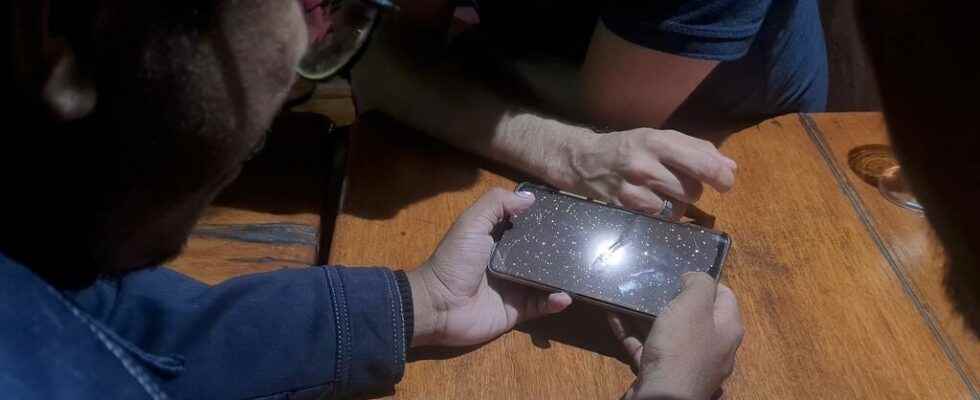Madagascar is a little closer to the stars. This week, the Big Island acquired its very first robotic astronomical observatory. A modern observatory which was able to see the light of day thanks to the involvement of French astronomers and enthusiasts in collaboration with the Malagasy astronomy association.
With our correspondent in Antananarivo, Sarah Tetaud
The observatory and its 35 cm telescope should be used to observe asteroids and exoplanets by scientists around the world, but also by school children. What democratize access to astronomy and encourage vocations.
” It’s still quite amazing! This galaxy, with this nebula, I had never seen that! “, still surprised Sylvain Bouley. The planetary scientist at Paris Saclay University and president of the Astronomical Society of France never tires of looking at the very first shots taken yesterday by the Besely telescope. Besely, this small village of 400 inhabitants located one hour from Majunga, on the east coast of Madagascar, was obviously not chosen at random.
” Besely, was the ideal place, situated in the southern hemisphere and in a place where the sky is dark. We installed the observatory on the ground where there is electricity and fiber, he explains. And that allows us to be able to use it and control it remotely, to open the roof, to move the telescope. This makes this telescope accessible to everyone, whether amateur astronomers, professionals from France, Africa, Madagascar. And so we want it to be the most usable by everyone. »
Help students
Andoniaina Rajonarivelo, president of the Madagascan association Haykintana-Astronomy, has just been appointed director of this observatory. For him, free access to this telescope, the one and only on this longitude, is a great opportunity for young people in the country.
“ The observatory will serve us mainly to help students who are at university to train to take beautiful photos. And also to the members of our association to take photos and to popularize the world of astronomy thanks to these photos. “, he explains.
In Madagascar, access to the observatory will be self-service via software. Users will simply have to attend training on piloting the telescope, provided by the Haykintana association.
►Also listen: “La nuit” series: the international starry sky reserve
